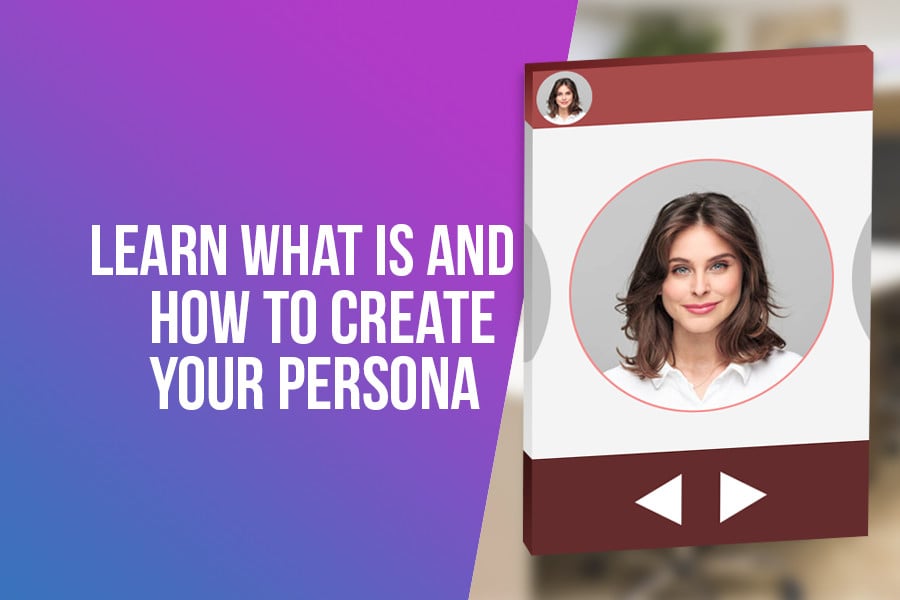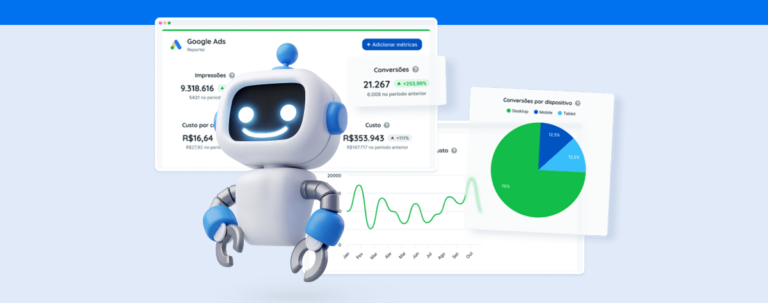A good digital marketing strategy is based on the audience you want to reach: those who advertise in an untargeted way are losing money where there is no interest and at the same time failing to reach who has everything to become a customer.
Think about it. When we surf the internet we are bombarded with lots of information, including advertising, which makes it impossible to assimilate everything we see. (For this there are algorithms, right?)
Realizing this, the current marketing – that puts the customers as the protagonist – uses an increasingly personalized approach, which is why we hear so much talk about buyer persona, a tool that has already become indispensable in any successful strategy.
However, before we talk about what a persona is, we must differentiate three common terms that pop up when it comes to recognizing the public of a company: target audience, ideal customer and persona (buyer person).
What is your target audience?
The target audience is a sample of potential consumers of a product or brand, gathering their demographic, socioeconomic, and behavioral information. In this survey, general information about the group is given, such as age, gender, educational background, purchasing power, location and consumption habits.
Example of Target Audience
Women, aged between 25 and 35 years, living in the state of Minas Gerais, with higher education and income between R$3.000 and R$ 5.000. They already own their home and now are planning to finance a vehicle.
What is an ideal client
The ideal customer or ICP (Ideal Customer Profile) is a description that sums up your best customers, the one who has already bought or constantly buys the products, identifies with and is engaged to your business.
The data to assemble an ideal customer profile are level of engagement with the brand, frequency of purchase, how much you recommend the product, average purchase ticket.
Example of an ideal client
Woman located in the southeast region of the country. They knew the product soon after the launch and have been customers for about two years, with a purchase cycle of an average of 3 months. They have already evaluated the product on the site and follow the social networks of the company. Average tickets of R$300.
What is persona
The buyer persona is a fictional character. However, its information is constructed from real data, which allows a more humanized and personalized representation of the buyer.
While the target audience and ideal client are constituted in a generalist way, representing broad plots, the persona presents personal and psychological characteristics that represent a smaller group with similar qualities and behaviors.
Some of the buyer persona’s data are name, position, professional challenges, aspirations, lifestyle and personal beliefs, what media they use, a moment of purchase day in which they are.
Example of a persona
| Persona 1 | |
| Name | Luciana Almeida |
| Personal Information | 24 years old, Communication undergraduate student. |
| Professional information | Luciana works at home, she conciliates her college, work placement and freelancer work. |
| Medias | She uses Instagram, Twitter, and Facebook. Reads Folha de Sao Paulo News, Rock Content, Resultados Digitais, and HubSpot’s blogs |
| Aspirations | Get enough clients to open a company and become a reference in Digital Marketing. |
| Pains and Need | Close sales, organize bills, create and analyze reports from social media, organize herself to research and write blog posts about different topics, come up with action plans so her clients’ bills can be always better |
| How can we help | With Reportei, wasting time with reports of social media from each client won’t be necessary, consequently, there will be more time to write blog posts and analyze the results. The shared content from Reportei can also help better results and indicators understanding. |
The importance of defining a persona
Now that you already know what a persona is, you must have understood how it helps to target the right strategy to reach the aimed people and thereby get the expected (or even greater) return from the company.
The creation of personas is a fundamental step on digital marketing strategy since from this you will determine, among others:
- The formats of the content you need to produce;
- The language and style of these contents;
- The topics that deserve more of my attention in the strategy;
- Define guidelines that will be written;
- At what point in the buying journey you need to focus;
- Which media will you propagate the content?
How to pick up the persona’s information
After seeing the example of our persona Luciana, you must be wondering where you will get the information you need to build yours. As we said, the persona is created with real information, so you can start with what you already have.
Do some interviews or questionnaires to your customers’ base, even if they are just a few, it’s already easily possible to get valuable information. You can also search for and select users on social networks that have similar or page-like patterns.
In this blog post “Content Marketing” you find great examples of questions to use in your questionnaire.
Even differentiating the approach from the target audience, the ideal client and the persona, the choice of one does not exclude the other. Quite the contrary, having a few clippings of target audiences and ideal clients can be helpful when it comes to raising your people!
Creating a buyer persona
We come to the practical part where you will learn how to create a buyer persona. According to Reportei’s Social Media Planning Template, you need to define the following information about yourself:
- Name;
- Personal information;
- Professional information;
- Media;
- Personal and professional aspirations;
- Pains and needs;
- How your business or product can help you.
Name
Create a fictitious name for yourself. It may not seem important, but remember that you must humanize it, so choose a nice name.
Personal information
Add additional information like age, what the persona’s lifestyles, habits, hobbies, etc.
Professional information
Define what position it occupies, in which branch and company you work (or work from home) or if the person can reconcile work with study, for example.
News
In which media do you seek information? With what technologies does it access these contents? Who’s the influence? Answer all of these questions as well.
Personal and professional aspirations
Describe the person’s beliefs and where she wants to reach, both personally and professionally.
Pains and needs
Explain the major challenges for your persona to achieve what you want (or solve some problem) and what your frustration is during the process.
How your business or product can help you
Think about how your product or company can solve the pains and needs created in the previous topic.
An important tip: you can also highlight the criteria of the purchase decision of the person and at what time of journey it is, being possible to create different personas for each of them.






